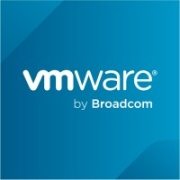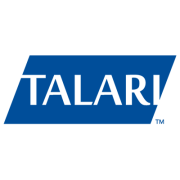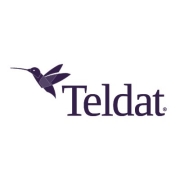Software Defined WAN (SD-WAN) Solutions are advanced networking tools designed to optimize and manage wide area networks by utilizing software-defined technology. They prioritize application traffic, enhance performance, and increase security for enterprises.
These solutions are rapidly transforming how organizations manage their network infrastructure by simplifying the complexity of a traditional WAN setup. SD-WAN enhances the user experience by providing seamless connectivity across multiple sites while reducing operational costs. It offers centralized control and visibility, which allows for more efficient allocation of network resources. Users report significant improvements in network performance and reliability when implementing SD-WAN Solutions.
What are the critical features offered by SD-WAN Solutions?In industries such as retail and healthcare, SD-WAN Solutions offer tailored connectivity that supports remote and distributed sites. Retailers benefit from improved transaction speeds and failover capabilities, while healthcare providers enhance patient data security and access.
Embracing SD-WAN Solutions helps organizations achieve better control over their network, improve operational efficiencies, boost productivity, and maintain a competitive edge in today's digital landscape.
| Product | Market Share (%) |
|---|---|
| Fortinet FortiGate | 18.3% |
| Cisco Catalyst SD-WAN | 14.6% |
| VMware VeloCloud SD-WAN | 9.6% |
| Other | 57.5% |














































SD-WAN stands for Software Defined Wide Area Network. The centralized software model provides an overlay over the WAN network, supporting applications wherever they are hosted. This includes on-premises data centers, SaaS (software as a service), public or private clouds, or hybrid on-premises/cloud environments.
SD-WAN (software defined wide area network), as a virtualized architecture, is software that sits on top of a router, improving the WAN router functionality. An SD-WAN mitigates router risks, like application performance degradation, by optimizing and remediating poor quality routes. You can add an SD-WAN solution to an existing WAN infrastructure or replace it to simplify operations.
Software Defined WAN Solutions enhance network security by utilizing a combination of encryption, segmentation, and centralized policy management. You can securely connect different branches and sites, protecting data across both public and private networks. Advanced features such as real-time threat detection and automated responses further strengthen your network's defense system.
What are the Cost Benefits of Implementing Software Defined WAN Solutions?Implementing Software Defined WAN Solutions can lead to significant cost savings by optimizing bandwidth usage and reducing dependency on expensive MPLS circuits. The reduction in hardware reliance and improved network efficiency contribute to lower operational costs. You can benefit from a lower total cost of ownership and flexible pricing models that align with your scalability needs.
Can Software Defined WAN Solutions Improve Application Performance?Yes, Software Defined WAN Solutions can greatly improve application performance. They dynamically route traffic over the best available paths and provide intelligent load balancing and failover. This ensures that you experience reduced latency and enhanced reliability for critical applications, delivering the high performance required in today's digital landscape.
What are the Key Considerations for Deploying Software Defined WAN Solutions?When deploying Software Defined WAN Solutions, key considerations include understanding your current network infrastructure, defining business requirements, and evaluating vendor capabilities. It's essential to assess features such as scalability, security, and integration with existing systems. Adequate planning ensures you choose a solution that meets your organization's needs effectively.
How Do Software Defined WAN Solutions Support Cloud Integration?Software Defined WAN Solutions support cloud integration by providing direct and secure connections to cloud services and resources. They streamline access to multiple cloud platforms, enabling you to leverage hybrid and multi-cloud environments efficiently. Automated traffic management and enhanced visibility also help optimize cloud application performance.